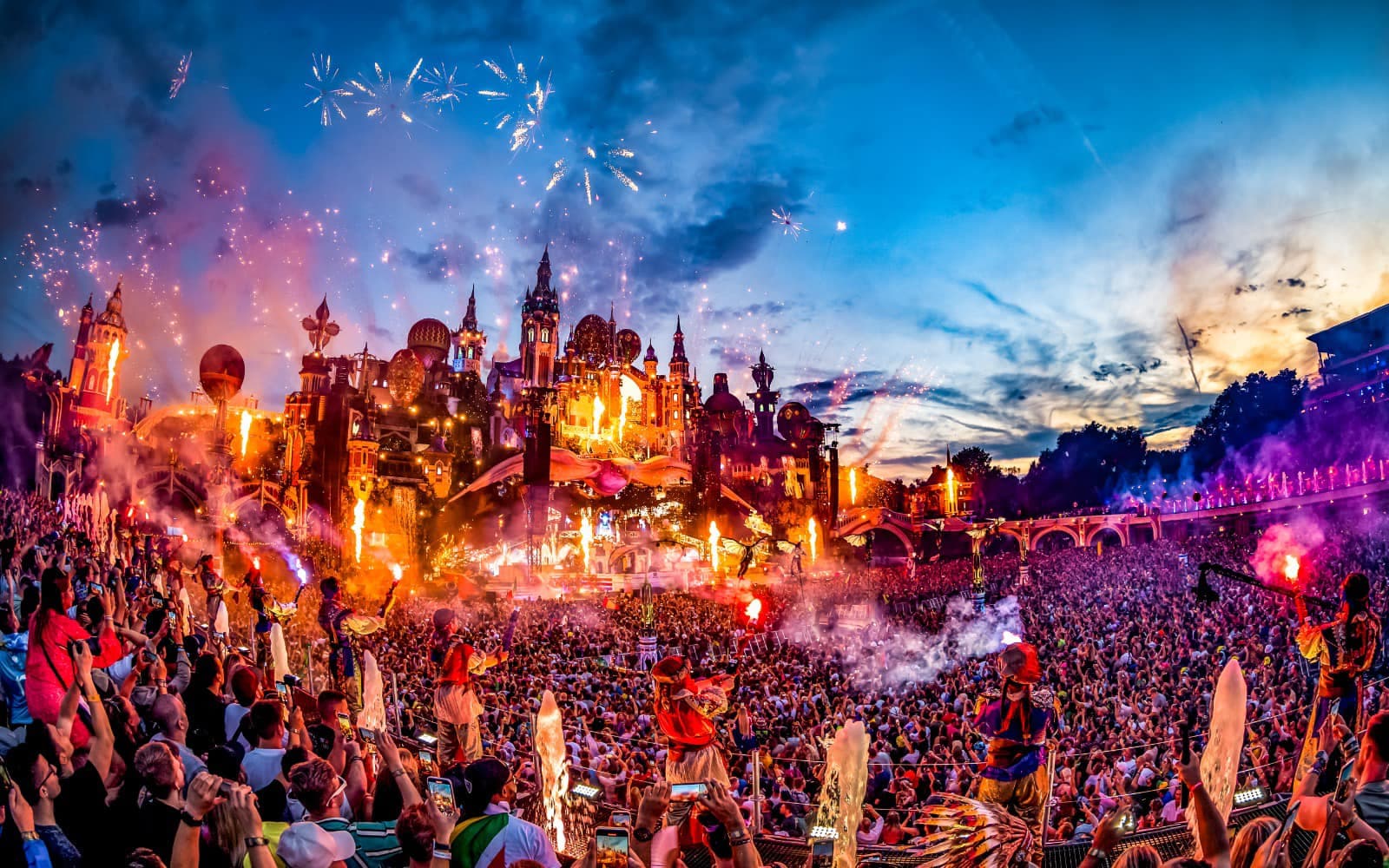Open-air music festivals have long ceased to be mere stages for artists’ performances. Today, they serve as significant social and cultural phenomena that unite people of different generations and interests. The aspect of genre diversity is especially interesting — nowadays festivals are becoming more open to various musical styles, which influences the development of the cultural space as a whole.
Against the backdrop of the growth of live events, online entertainments such as online casinos are rapidly expanding, offering new forms of leisure with a wide selection of games and generous bonus programs, as presented on the website slovenskecasino.net. However, it is open-air festivals that continue to retain the special magic of live interaction and creativity, which is difficult to replace with digital formats.
The Evolution of Festival Culture and Genre Diversity
Historically, music festivals focused on specific genres — for example, rock festivals, jazz, or classical concerts. This helped form fan communities but at the same time limited cultural exchange and audience diversity. In recent decades, the situation has changed: festivals have started to include many musical directions, creating a truly diverse cultural environment.
Genre diversity at festivals — from hip-hop, electronic music, and reggae to ethnic music and folk — helps unite different audiences and attract a wider circle of listeners. It gives people the opportunity to discover new musical styles, broaden their cultural horizons, and engage with creativity beyond the usual boundaries.
Such blending of genres often gives rise to new musical experiments, where the sound of one style is organically complemented by elements of another. It is precisely at festivals that one can hear unique collaborations and projects that may later influence the music industry as a whole.
The Impact of Genre Diversity on Slovenia’s Cultural Landscape
In Slovenia, open-air music festivals are becoming increasingly popular, and their genre diversity reflects a modern multinational and multicultural society. Festivals here are not only entertainment events but also important cultural platforms where traditions and innovations intersect.
Thanks to the variety of musical styles, festivals support the development of local musicians, stimulate creative initiatives, and promote cultural tourism. Participants and spectators from different regions come to immerse themselves in the festive atmosphere and exchange cultural experiences.
For many, the festival becomes not only an occasion to hear their favorite music but also a place for social communication, the search for new ideas, and inspiration. In this context, genre diversity helps form a more open, tolerant, and dynamic society.
Technology and New Forms of Entertainment: The Connection Between Live and Digital
Technological progress actively influences the organization and perception of music festivals. The use of innovations — from high-quality sound and light shows to interactive mobile applications — makes participation in festivals deeper and more personalized.
At the same time, the popularity of online entertainment is growing, with online casinos occupying a special place among them, offering a convenient and accessible way to spend leisure time. These digital platforms satisfy the needs of an audience that prefers to entertain themselves at home or any convenient place. Nevertheless, despite the growth of virtual formats, live festivals retain their unique appeal due to direct contact with music and artists.
Organizers of musical events increasingly integrate digital elements into programs, combining live performances with online broadcasts and virtual events. This expands the audience and helps maintain interest in festivals even if a viewer cannot attend in person.
Prospects for the Development of Open-Air Music Festivals
Genre diversity and technological innovations open new horizons for the development of music festivals. It is expected that in the future there will be even closer interweaving of styles and integration of different art forms — from music and dance to visual effects and interactive technologies.
Hybrid formats will appear, allowing the combination of live performances with online participation, creating unique cultural events accessible to a wide audience. This will not only expand opportunities for artists and listeners but also help preserve the relevance of the festival movement in a changing world.
Special attention will be paid to preserving authenticity and the live atmosphere, which is the main distinction of festivals from digital entertainment. Genre diversity, combined with new formats, will allow the creation of rich and multifaceted cultural projects capable of engaging different generations and communities.
Conclusion
Open-air music festivals with their genre diversity radically change the cultural landscape, turning musical events into powerful platforms for communication, creativity, and exchange of experience. Combined with digital technologies and the growing popularity of online entertainment, including online casinos, festivals maintain their unique significance and continue to develop. They become not only a meeting place for musical styles but also a reflection of cultural changes occurring in modern society. For Slovenia, this means strengthening its position as a country with a rich and diverse musical life, capable of uniting and inspiring people of different generations.
